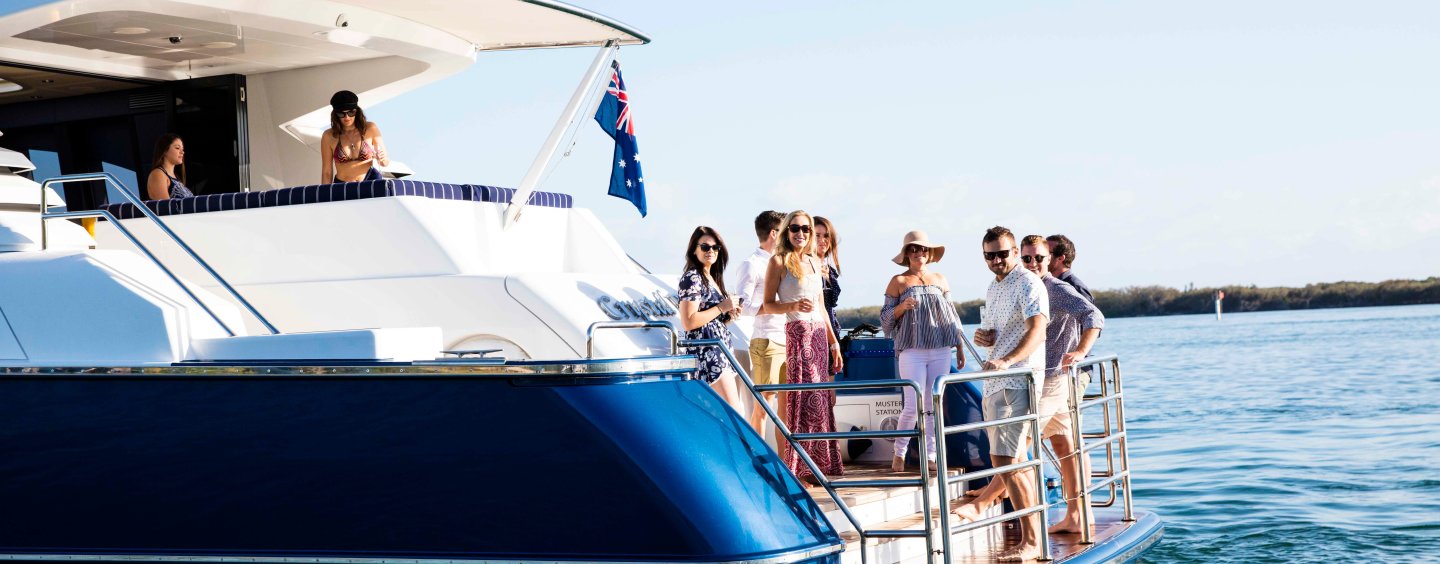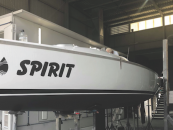Are you operating a domestic commercial vessel (DCV)? Be sure you fully understand your legal obligations relating to your SMS.
Safety Management Systems (SMS) for commercial vessels are meant to keep you out of jail, right? So how can an SMS actually create criminal responsibility? In recent times, we have helped several clients who found themselves in exactly that situation.
An important change has occurred in the Marine Safety (Domestic Commercial Vessel) National Law Act 2012 (the National Law) that effectively turns a vessel’s SMS into a mandatory code. Non-compliance with the SMS is now potentially a criminal offence. So an SMS is much more than a simple set of procedures intended to ensure the safety of a vessel. An SMS is now an extension of the National Law that must be followed. A commercial master departs from a vessel’s SMS at their peril.
How did we get into this situation? The starting point is the ISM Code for shipping.
Safety Management Systems (SMS) for ships are a requirement of the International Ship Management Code (ISM Code). The ISM Code was a quantum shift in the management of safety for ships, as it shifted the focus of the responsibility for what happens on board a ship from the master to the company that owns and operates the ship. Almost every line of the ISM Code begins with the “Company should” or the “Company is responsible”. The ISM Code introduced the position of the Designated Person Ashore (DPA), being the person to whom the master, and indeed any crewmember, can raise a concern about non-compliance with procedures or safety issues.
The last piece of the puzzle was to empower the master in relation to safety matters. The ISM Code requires that the SMS operating on board the ship must contain a clear statement emphasising the master’s authority. The company should establish in the SMS that the master has the overriding authority and the responsibility to make decisions with respect to safety and pollution prevention, and to request the company’s assistance as may be necessary.
The overall intention of the ISM Code was to ensure safety by preventing ship-owning companies from absolving themselves from responsibility for what happens on board, while also empowering the master to obtain the help that he or she needs from the owners.
The ISM Code is implemented for Regulated Australian Vessels (RAVs) under the Navigation Act 2012 and Marine Order 58 (Safe Management of Vessels) 2015, and is administered by the Australian Maritime Safety Authority (AMSA). RAVs are generally large commercial shipping, such as the northwest shelf LNG tankers, and the ISM code is generally well implemented and is achieving its objectives, insofar as RAVs are concerned.
But that is not the end of the story. The Marine Safety (Domestic Commercial Vessel) National Law Act 2012 (the National Law) also incorporates the idea of an SMS for domestic commercial vessels (DCVs) through Part E Operations of the National Standard for Commercial Vessels (NSCV). Indeed, compliance with part A of the ISM Code is deemed to be compliance with Part E of the NSCV: Section 3.3.
Part E of the NSCV operates by selecting those elements of safety management (described as “operation requirements”) that are required for a particular DCV depending upon its risk rating from high, medium or low. High-risk vessels are generally passenger vessels and vessels operating offshore; medium risk vessels are generally near coastal vessels; and, low-risk vessels are vessels operating in smooth or partially smooth waters with no passengers. The lower the risk rating, then the fewer “operational requirements” are required for that vessel’s SMS.
Importantly, Part E of the NSCV preserves the idea of a master’s statement, but it is subtly different to the ISM Code. Instead of emphasising the master’s authority as intended by the ISM Code, the NSCV statement emphasises the master’s responsibility, as follows:
A statement about the master’s responsibility and authority that includes the following matters must be prepared and kept so that it is easily accessible:
(a) the master’s responsibility for verifying that the operation requirements are being complied with;
(b) that the master may request the owner’s assistance and make decisions for the operation, navigation and safety of the vessel and pollution prevention to ensure compliance with the operation requirements.
(Section 3.1, Schedule 2, Section 5, Part E NSCV)
In sum, Safety Management Systems (SMS) are now mandatory. Non-compliance is a crime!
However, an important question arises: Where the SMS may have been a generic one (cut-and-paste from another SMS, for example), what is the consequence if the master deems them not applicable to the incident he is currently faced with, and in order to ensure the safety of passengers and cargo, he decides not to comply with the SMS? There may be very good reasons why a master, in a particular situation on the water, may depart from an SMS that was written by owners (who may not be mariners) in a comfortable office some months or even years before. Might the master be criminally charged for saving his passengers by knowingly not complying with the SMS that he deemed not appropriate for the emergency being addressed? Unfortunately, with the new legislation, the answer could be “yes”.
So how can you avoid going to jail if this is the case? Our recommendation for all commercial masters and owners is to review your SMS procedures, and read them as mandatory law that must be followed, which is exactly what they are pursuant to section 16 of the National Law. We think you may be surprised by the results.
If you find that the SMS contains faults, then you MUST act to have the SMS amended BEFORE an incident arises – because, after the event, it is too late to say to an investigator that the SMS should have been changed in the first place.
By John Kavanagh






























